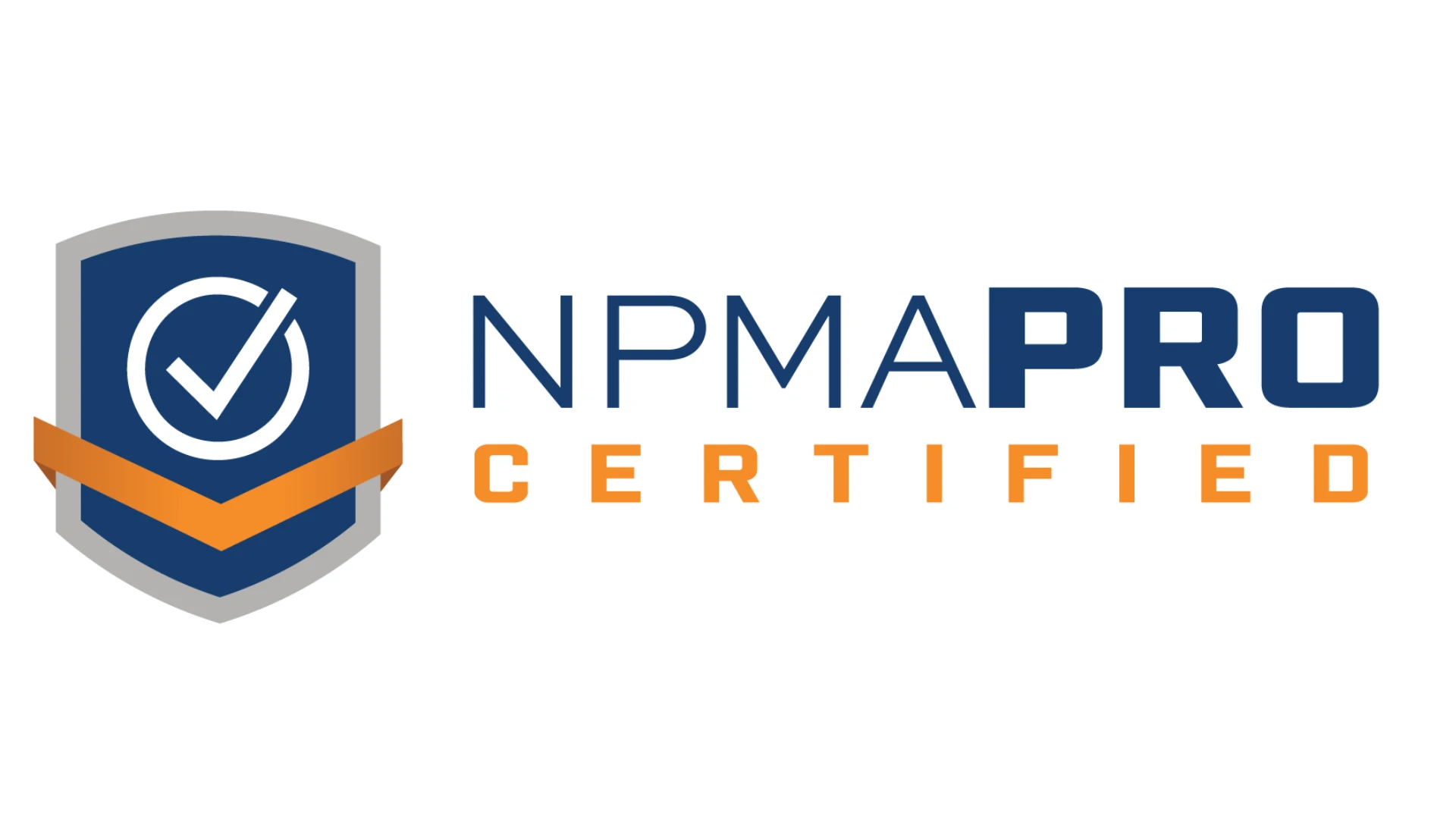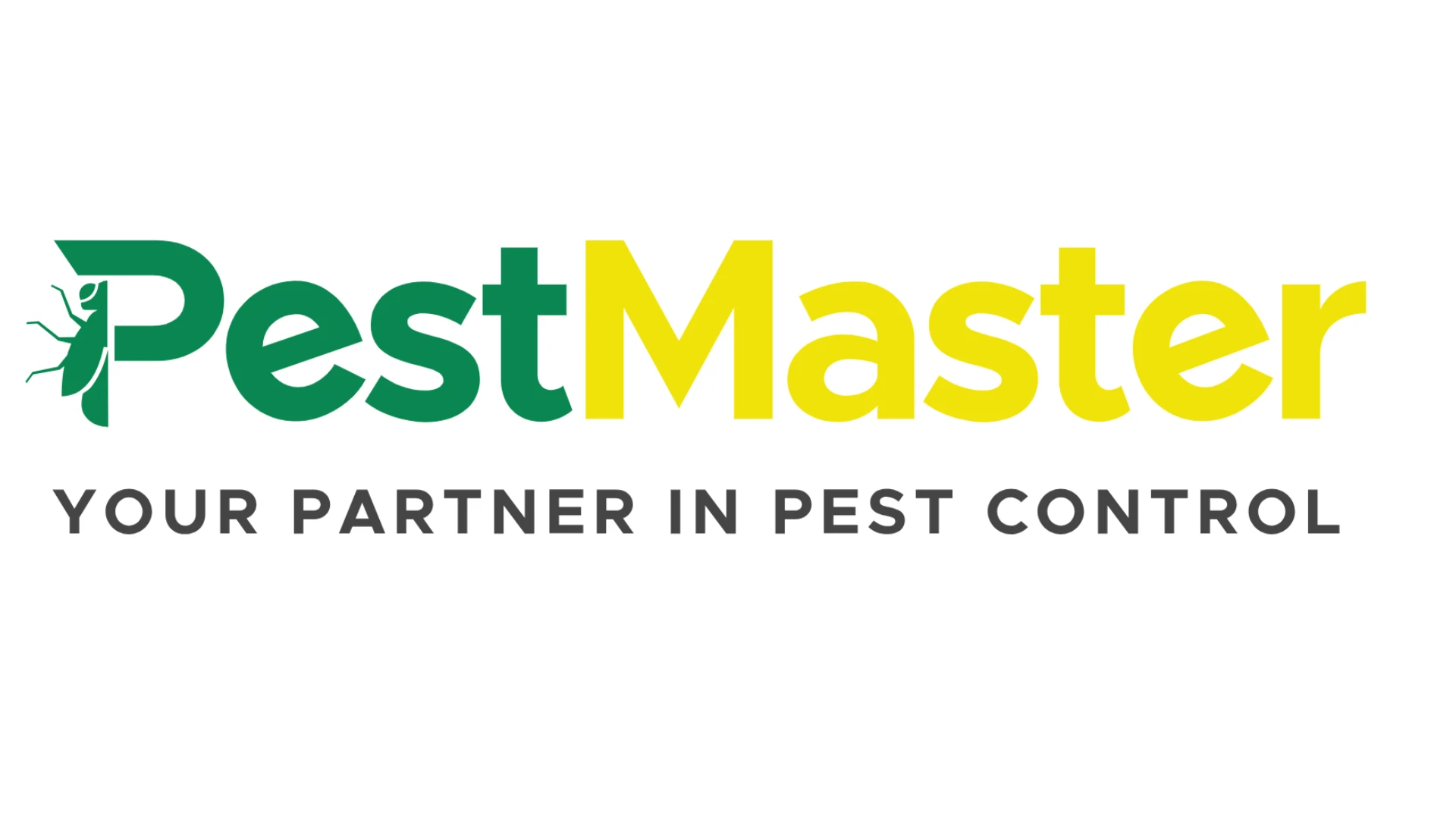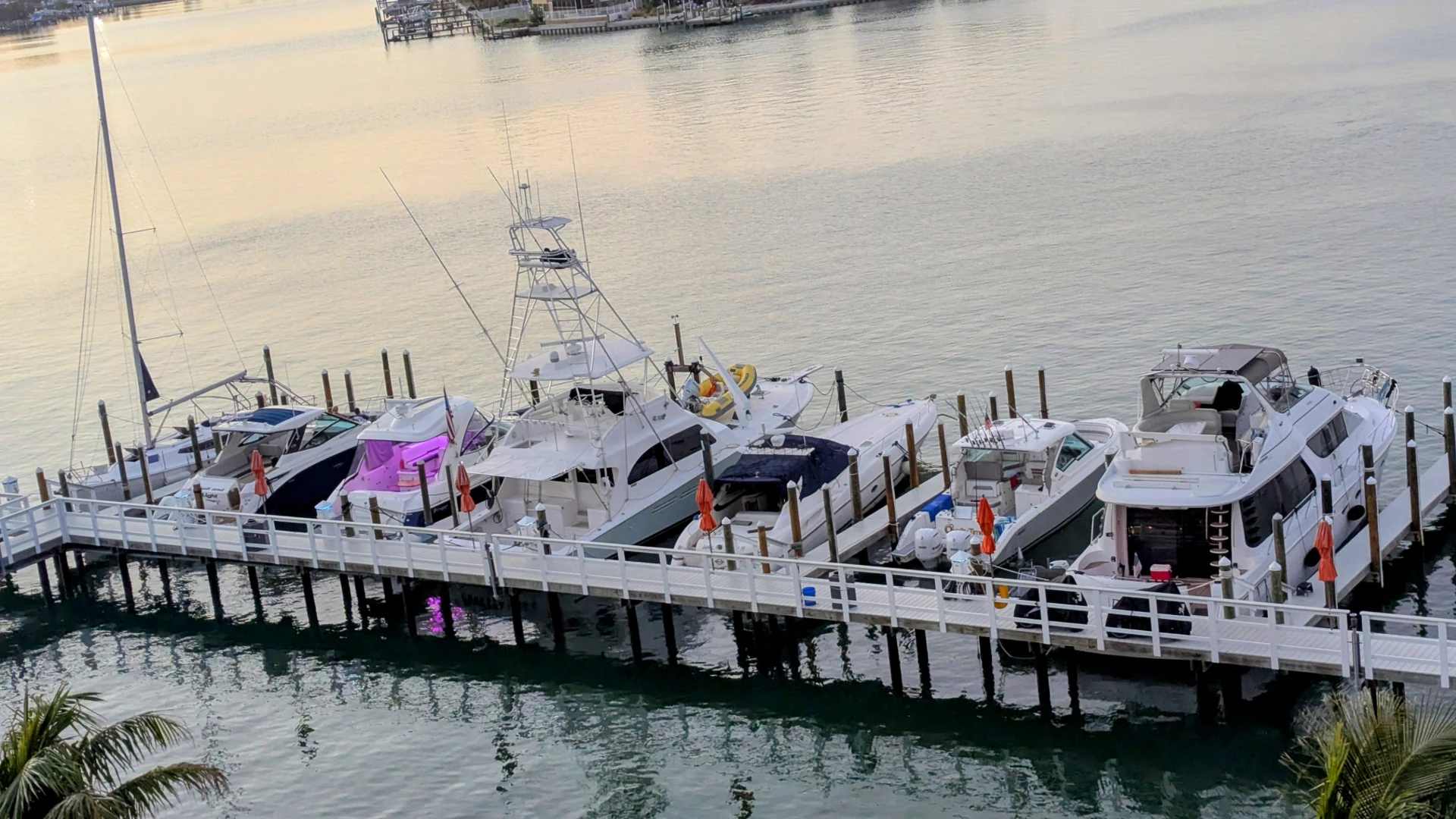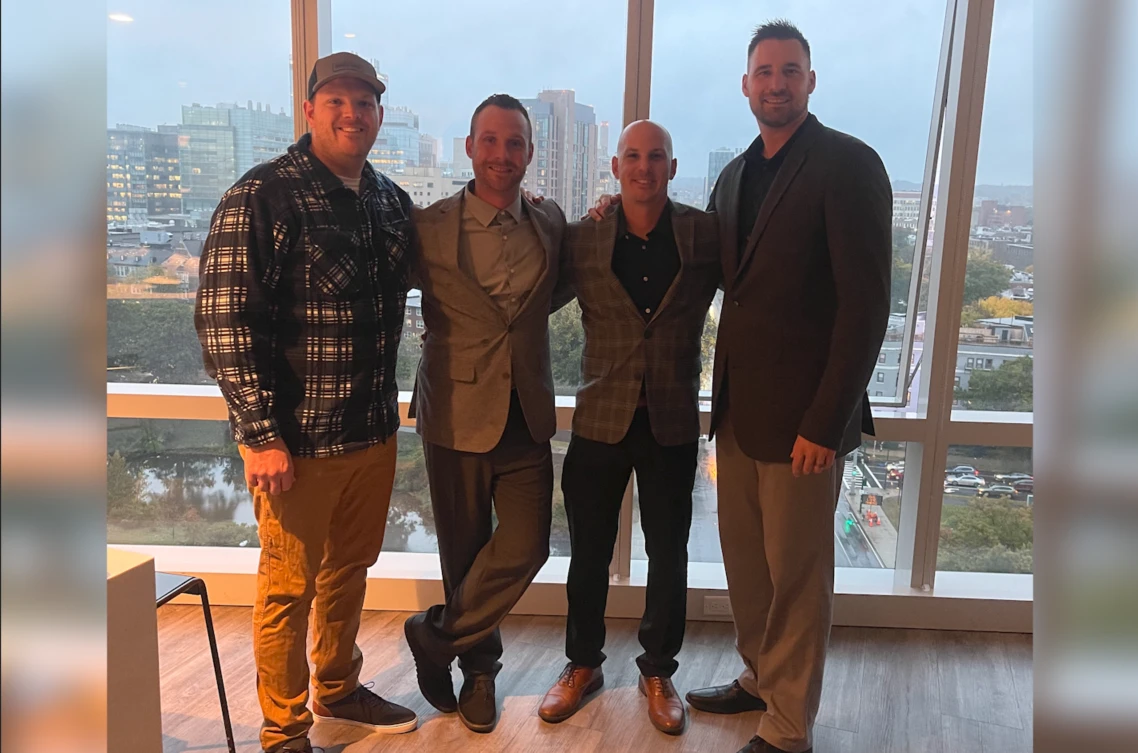As you probably already know, the three commensal rodents are considered among the most successful group of all mammals. Part of their success — especially in regard to their ability to adapt and co-exist with us — stems from their ability to utilize our cities and buildings along a three-dimensional plane. To state this in topographical terms, the Norway rat, the roof rat and the house mouse can exist and/or travel at surface, sub-surface and supra-surface levels.
Surface rats in cities, for example, are those we see occasionally active along sidewalks, alleyways and among various earthen landscapes. Subsurface rats are those that live and travel below our streets, parks and buildings, within the sewers and subways, or among any of the various subsurface utility systems. Suprasurface rats nest in or utilize areas above the ground level such as roof soffits, attics, trees, suspended ceilings and the like.
ADAPTABLE ALONG ANY PLANE. The Norway rat (or brown rat) is, by its nature and origin, a burrowing, soil-dwelling rodent. So, in the temperate-state cities where the brown rat is prevalent, any available non-compacted, earthen space in urban environments where both food (garbage, litter) and cover (e.g., junk piles, dense weeds, bushes, ground ivy, etc.) coincide are vulnerable to rat invasion beginning in the spring until early winter before the soil freezes. Such earthen spaces include building perimeter landscapes and planters, gardens, green spaces, empty lots and, of course, urban parks of all different sizes — from the corner “green thumb” space to world-class parks encompassing hundreds of acres.
The black rat, on the other hand, is often referred to as the “roof rat” because of its propensity for nesting and traveling in areas above and off of the ground. Sometimes the roof rat is a “tree rat” (arboreal). So the roof rat is the primary suprasurface rat.
The house mouse can be found occupying virtually any area: at ground level in earthen burrows, in structural nooks and crannies, below ground in subways and other subsurface utilities, or at the suprasurface plane within ceilings and attics.
In general, most city rodents remain close to their discovered food sources — providing there also is cover and the food sources remain dependable. But the domestic rodents all will nest and travel horizontally and vertically; and all three may exist in any of the three dimensions depending on the local situation and the various environmental factors affecting the distribution of the rodent’s food, water and harborage. Norway rats will live in the upper floors and within the exterior sign voids above doors. Roof rats have been found infesting sewer systems in some cities.
UP-AND-DOWN PATTERNS. So what are the reasons that cause rodents to disperse from one area to another, or for them to move about horizontally and/or vertically? How do rodents forage, disperse and migrate within a 3-D format? Let’s look at a few of the more common reasons that may be at play.
1. Litter and refuse dynamics. What happens when streets, park walkways, subway tracks, etc., are cleaned on a regular basis during the course of a week or a month? Well, at least for a night or two, and depending on any food reserves in the burrows, rats may forage someplace else until new food refuse arrives. In a subway station, for example, the rats may move to the opposite train track. Or they may travel vertically up to the surface level; or perhaps down to the nearest suitable sewer line.
2. Seasonal vertical migrations. In the temperate regions of the world, the exterior surface zones during cold winters are less favorable for city rats. Streets may become snow-covered and the earthen areas frozen. Winter also often means fewer people lingering and eating outdoors, and thus less available food. Surface rats during the winter may find it more suitable to spend some time in the “warmer south” and venture the short distance down to a train subway system, a suitable sewer line or some other underground infrastructure. When the weather warms up, or with the onset of spring, they may reverse the travel. Such travel makes up true migrations among urban rodents.
3. Overcrowding. As we all know, when food and cover are abundant in an area, rodent families grow. Eventually, family burrows become crowded. Young rodents then begin to venture away from their parents’ nests in attempts to find unoccupied territories (i.e., uninfested areas) where they will have food and space to successfully raise their own families (sound familiar?). Sometimes, these now independent rodents are the first rodents of a new infestation to a neighborhood (called “founders”).
Other times these dispersing independent rodents follow the scent trails of urine and feces of the area’s present or past rodents (including perhaps their “ancestors”). It may be these rodents discover vacancies in some area above, below or simply down the path that was previously occupied, but for whatever reason is now available (e.g., previous occupants were exterminated via pest control campaigns). Or, the venturing independent rodents may follow attractive odors or temperatures created by the local environment such as litter baskets, Dumpsters, food odors escaping from restaurant and apartment housing doors and vents, or warm air currents associated with the subways or nearby sewer lines.
4. Construction. Construction and demolition projects may cause disruption to some rodent colonies and their established pathways. But in actuality, rodents are not so easily scattered unless the construction or demolition impacts their nesting zones or food resources directly. When this happens, rodents may disperse in all directions searching for alternative suitable harborage and feeding sites similar to what was discussed above for overcrowding. Sometimes, displaced rodents find new harborages close by. Other times, they are forced to travel significant distances. Some rats may even travel a few miles over the course of days or weeks before they settle. Once construction is completed and the area becomes stable again, those rats that moved only short distances may return back to the original area of the infestation before the construction, provided food and harborage is available.
So, the travels of rodents in structural environments are both horizontal and vertical along a three-dimensional plane. Subsurface rats in cities may travel up to surface areas that contain suitable available earthen spaces, while surface rats also periodically travel down to subways, sewers and
various other subsurface infrastructural systems and elements (e.g., telephone, electrical, cabling conduit systems, etc.).
PUTTING IT TO USE. On a practical level, understanding the travels of rodents, whether vertical or horizontal, can help guide effective management programs. It’s a common error among new technicians, for example, to restrict their thinking of rodent travels to the one-dimensional horizontal plane, such as the rodent in the restaurant basement only moving along the floor and following the walls. But pest professionals must think 3-D. You must consider from where rodent colonies or even individual rodents may be originating, and upon which paths — horizontal or vertical — they forage on a daily basis. This is essential in quality rodent control programs for two reasons: first, because our bait stations and traps are only as good as where they are placed (i.e., good installment location = good rodent visitation); and second, when rodent callbacks become chronic, analyzing the travel paths of rodents is among the most successful paths to identifying the source. And, as every experienced pest professional will be quick to point out, locating the source of pest infestations through keen observations and good “detective work,” and then whenever possible, eliminating it, are truly the mark of the field expert — the position that counts the most in any quality pest management company.
The author is president of RMC Consulting, Richmond, Ind.

Explore the September 2008 Issue
Check out more from this issue and find your next story to read.
Latest from Pest Control Technology
- Scorpion Launches Capacity Marketing Engine
- Petti Pest Control Owners Reflect on Finding Success as a Father-Son Duo
- Effective Mitigation of Crow Infestations
- Mosquito Control: Spraying vs. IPM
- Terminix Service's Leaders Inducted into South Carolina Business Hall of Fame
- Christner on Colorado's Preemption Roll Back on Business Growth
- How to Get Rid of Odorous House Ants
- Massey Services Promotes Herndon to Director of Sales for Multi-Family Division







